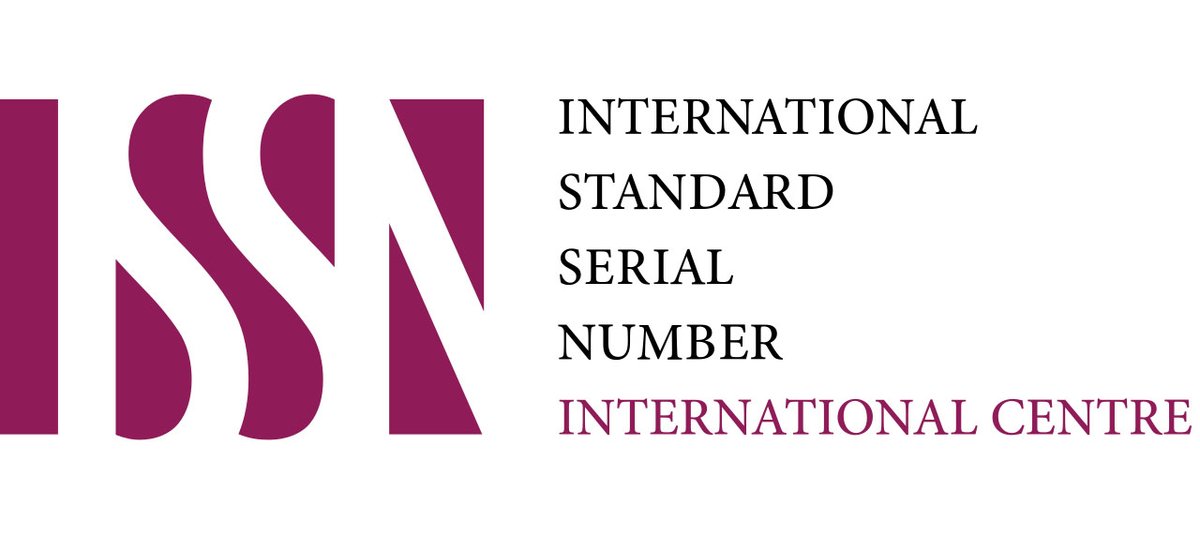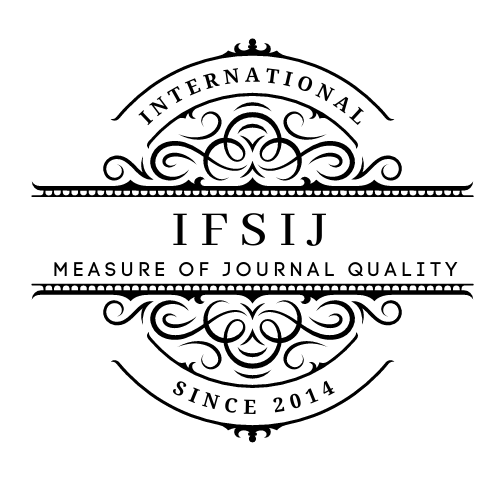PREVENTATIVE TREATMENT OF CEREBRAL ANEURISMS AS A PRECURSORS OF THE HEMORRHAGIC STROKE
Keywords:
Cerebral aneurisms, preventative treatment, Early Intervention, Willis circle, classification, pathogenesis, Subarachnoid hemorrhage (SAH), stroke, Neurosurgery, Public Health.Abstract
Cerebral aneurysms represent a significant challenge in modern neurosurgery, being a primary cause of non-traumatic subarachnoid hemorrhage (SAH) and stroke, accounting for approximately 85% of intracranial hemorrhage cases. Despite ranking second among cardiovascular diseases, following myocardial infarction, the mortality associated with these conditions is alarming, with cardiovascular diseases overall contributing to 60% of global fatalities. The World Health Organization reports an annual incidence of 100-300 strokes per 100,000 population, with Uzbekistan witnessing over 60,000 new cases annually, translating to 25-30 daily incidents in Tashkent alone. These rising statistics highlight an urgent need for preventive strategies in managing cerebral aneurysms, shifting the focus from reactive surgical interventions post-detection or post-rupture to proactive measures aimed at reducing incidence rates. This article explores the implications of these trends for public health strategies, emphasizing the critical importance of early intervention in preventing the devastating outcomes associated with aneurysm rupture.
Downloads
Published
How to Cite
Issue
Section
License

This work is licensed under a Creative Commons Attribution-NonCommercial-NoDerivatives 4.0 International License.















